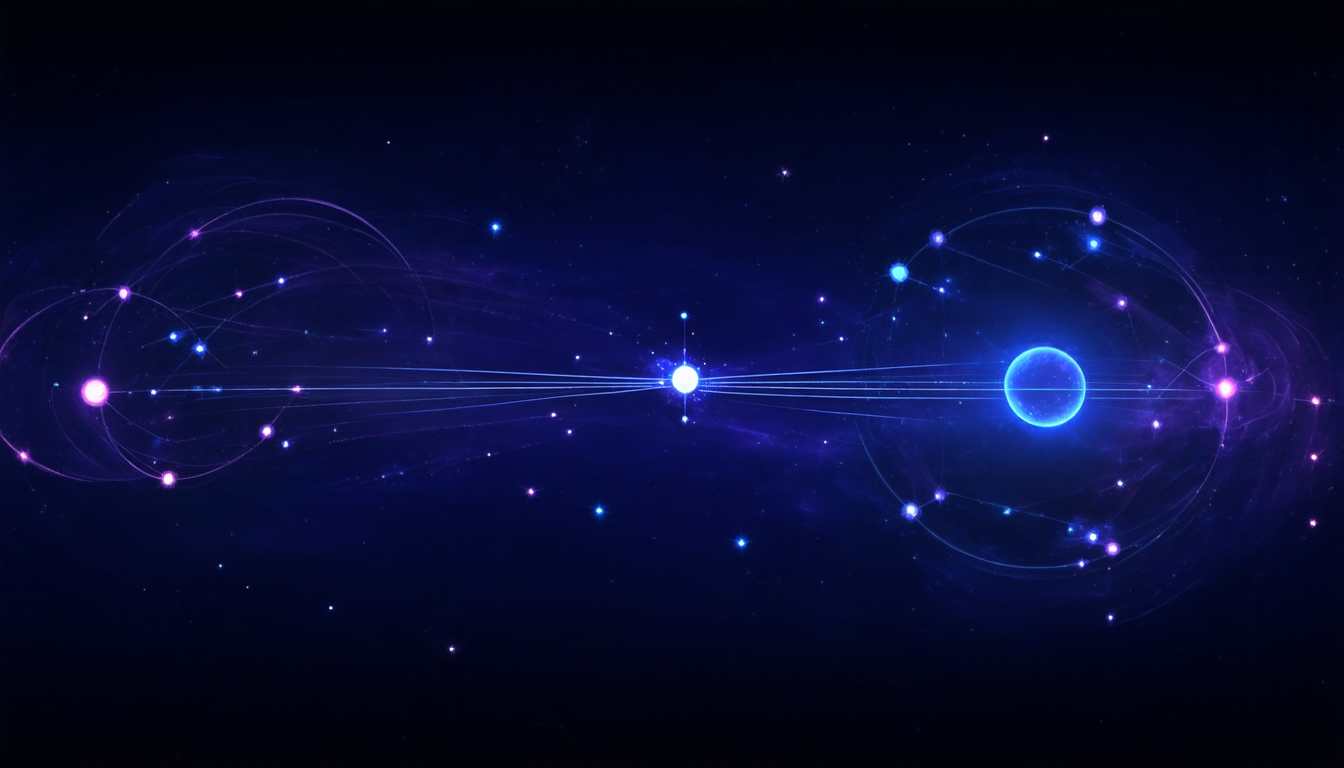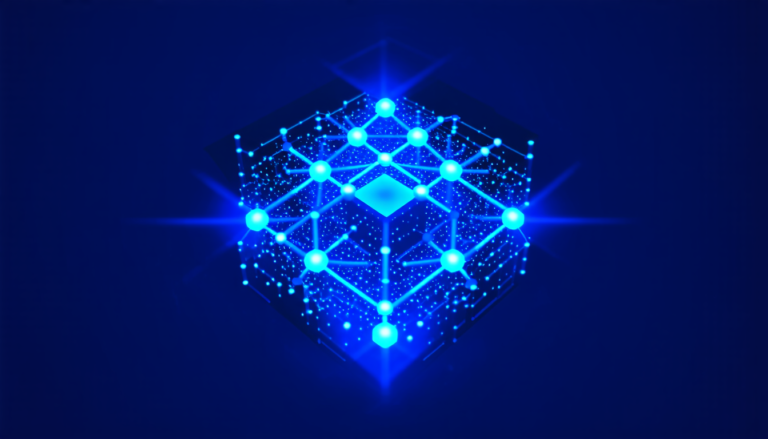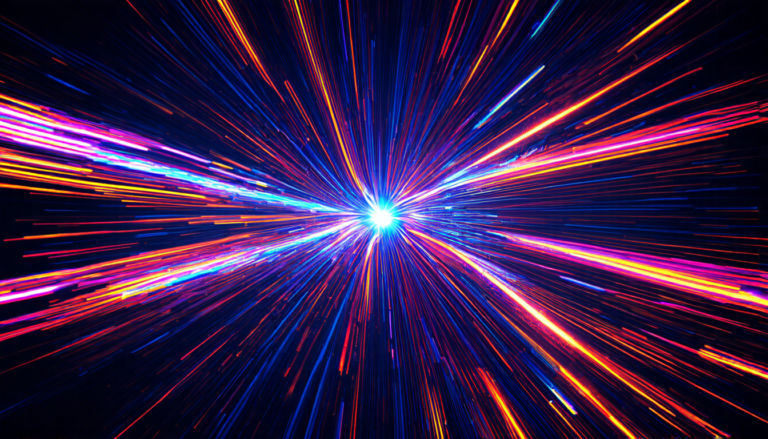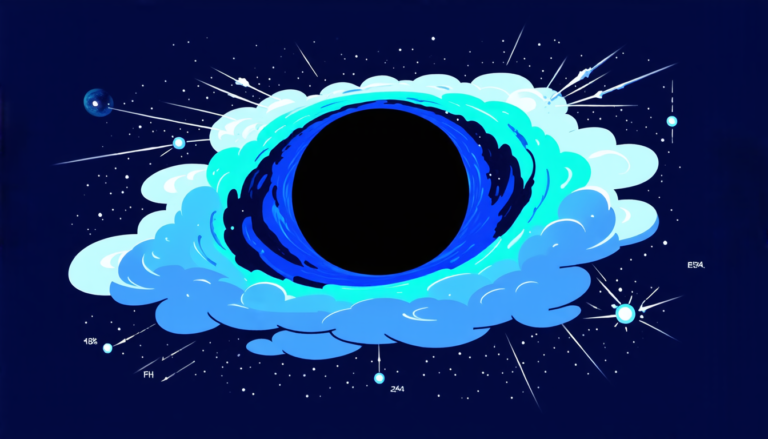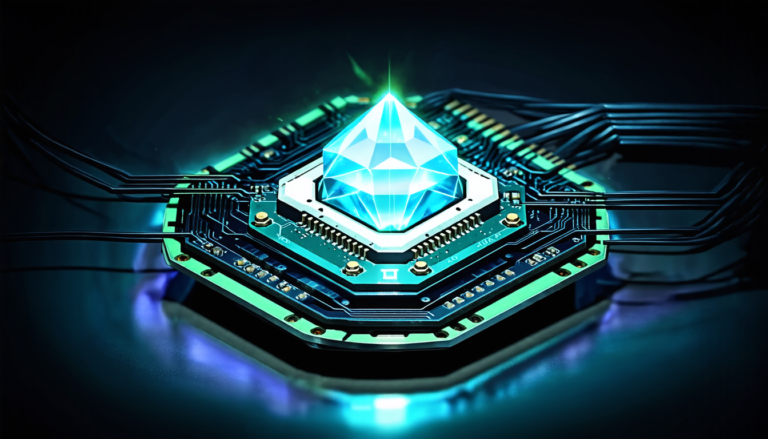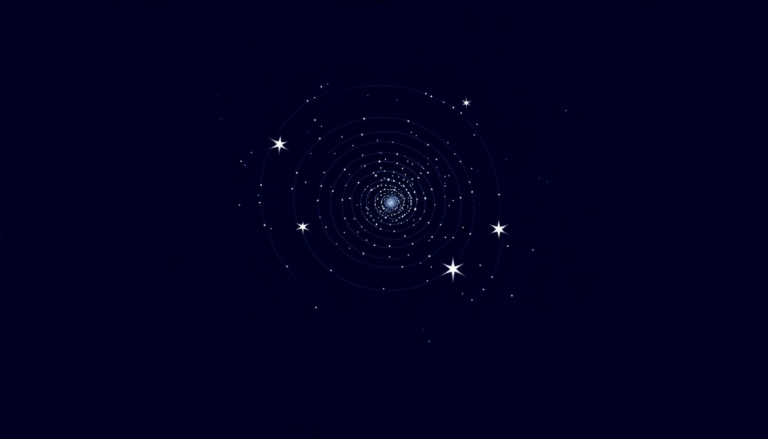Tuesday 29 July 2025
Physicists have long been fascinated by the possibility of dark matter, a type of matter that doesn’t interact with light and is invisible to our telescopes. But what if we told you there’s another type of particle out there, one that could be a portal bridging dark matter with our own universe in ways we can’t even see? Enter the dark photon.
In recent years, scientists have been exploring the idea of a new force, one that could be mediated by these dark photons. The concept is simple: if a dark photon were to mix with our regular photon or the Z boson, it would create tiny distortions in many physical quantities we observe. By looking for these distortions, physicists might be able to detect the presence of dark photons.
But detecting dark photons isn’t easy. They’re incredibly difficult to spot because the distortions are tiny, which makes them almost invisible to most detection methods. To make things even more challenging, the dark photon would have to be interacting with our universe in a very specific way for us to be able to detect it.
A team of physicists from the University of Adelaide has been working on this problem, and they’ve come up with a clever solution. By analyzing the properties of particles called Z bosons, which are a type of particle that’s similar to photons but interacts differently with matter, researchers might be able to spot the presence of dark photons.
The team used data from experiments at the Large Electron-Posit Collider (LEP) and the Compact Muon Solenoid (CMS) experiment to test their theory. They found that by looking for tiny distortions in the electroweak precision observables associated with the Z boson, they might be able to detect the presence of dark photon and dark matter.
The implications are huge. If scientists are able to confirm the existence of dark photons, it would mean that our universe is interacting with a new force, one that we don’t yet fully understand. It could also mean that dark matter isn’t just a mysterious phenomenon, but rather an actual particle that’s interacting with our own universe mediated by this new force.
But before we get too excited, there are still many questions to answer. For example, how does the dark photon interact with regular photons? And what would be the properties of this new force?
To find out, scientists will need to continue studying the properties of Z bosons and looking for signs of dark photons. It’s a challenging task, but one that could potentially revolutionize our understanding of the universe.
Cite this article: “Unveiling the Mysterious Dark Photon: A Potential Key to Unlocking the Secrets of the Universe”, The Science Archive, 2025.
Dark Matter, Dark Photon, Particles, Force, Photons, Z Bosons, Large Electron-Posit Collider, Compact Muon Solenoid, Universe, Physics

